Clay sculpture is typically a skill learned through practice. Our group took interest in the movements a clay sculptor makes as they sculpt. Is there a trend with the shape, position, or velocity of the tools?
We began this exploration by interviewing Miranda Miller, a CMU freshman art student who specializes in clay sculpting work. From the information we gathered, we chose 3 tools that we thought were essential to creating a clay sculpture from start to finish.
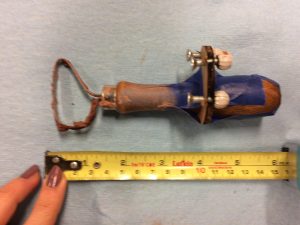
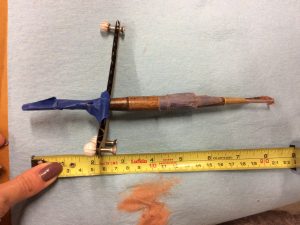
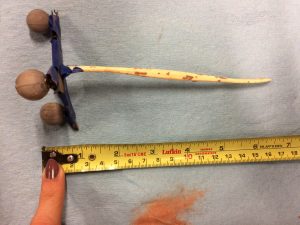
Afterwards we invited Miranda into the dFAB lab and used the MOCAP software to capture her working. To do this, we designed and lasercut structures to hold 3 small, reflective spheres which the software uses to track rigid bodies. For the software to work, the bodies must be unique, asymmetric, and not inhibit tool motion. We also modeled each tool in Rhino.
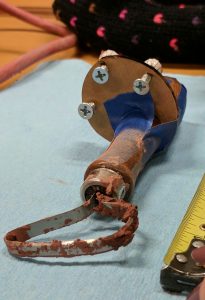
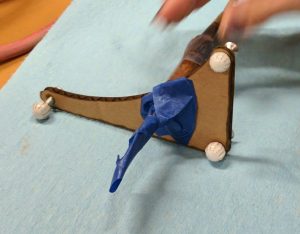
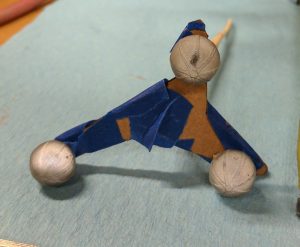
We placed Miranda and her block of clay on one side of the table. After looking at the data in MOCAP, we realized that we would drop fewer frames if she was facing the other side. We recorded her sculpting with all three tools, and making Once we got the MOCAP data, we then analyzed the data using Grasshopper. First, we combined the MOCAP CSV data and the Rhino tool models to create graphics of the tool moving throughout the space in Rhino. We then decided to focus on the small tool and it’s movements, because the data was clearest and most interesting.

From that we have isolated several gestures that we found interesting and observed the velocity of the tip of the tool visually. Within Grasshopper, we created a color gradient for the points that represents the velocity at each point. We also exported the velocity matrix as a CSV and graphed it in MATLAB.


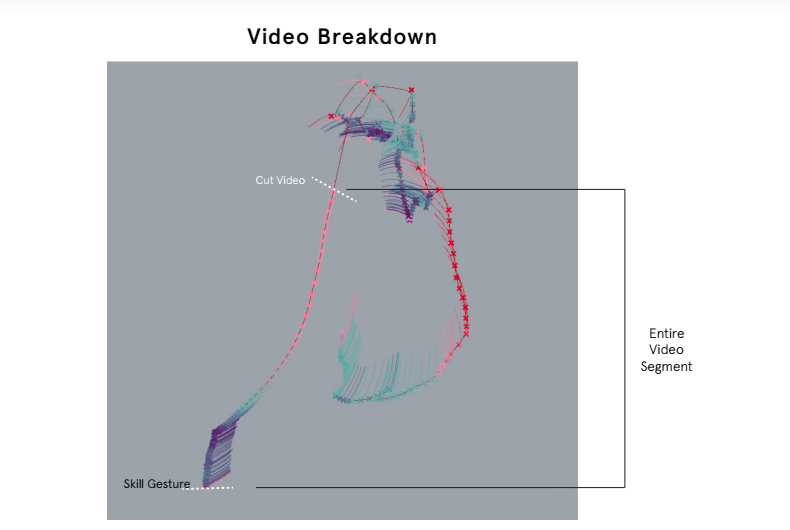
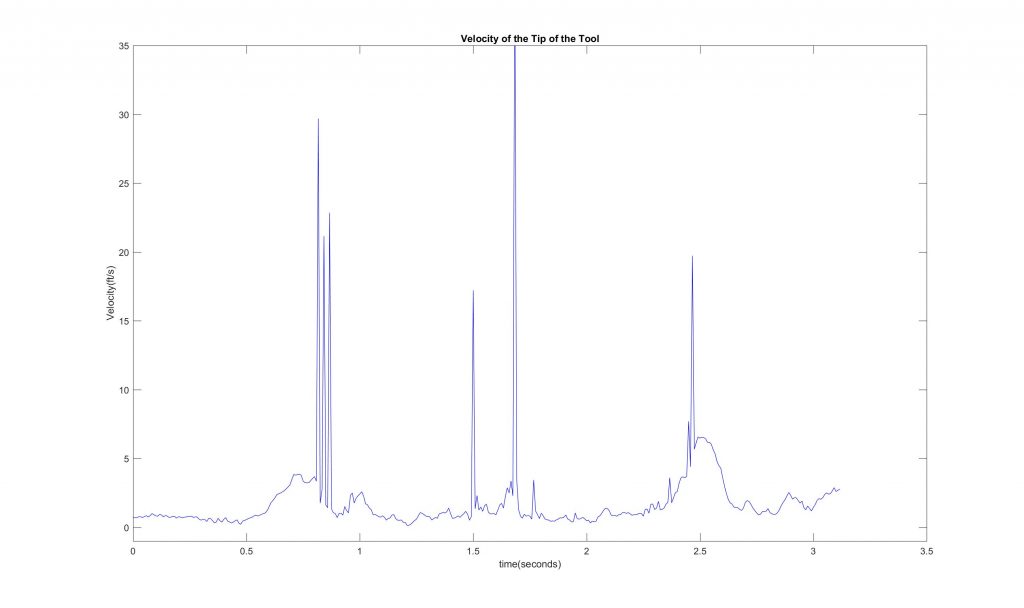
This data shows a trend in how an artist uses the small tool to smooth surfaces. The tool is oriented more horizontally and moves much slower than normal back and forth motion. This data can be used to help a new clay sculptor gain the skills of an expert much quicker.
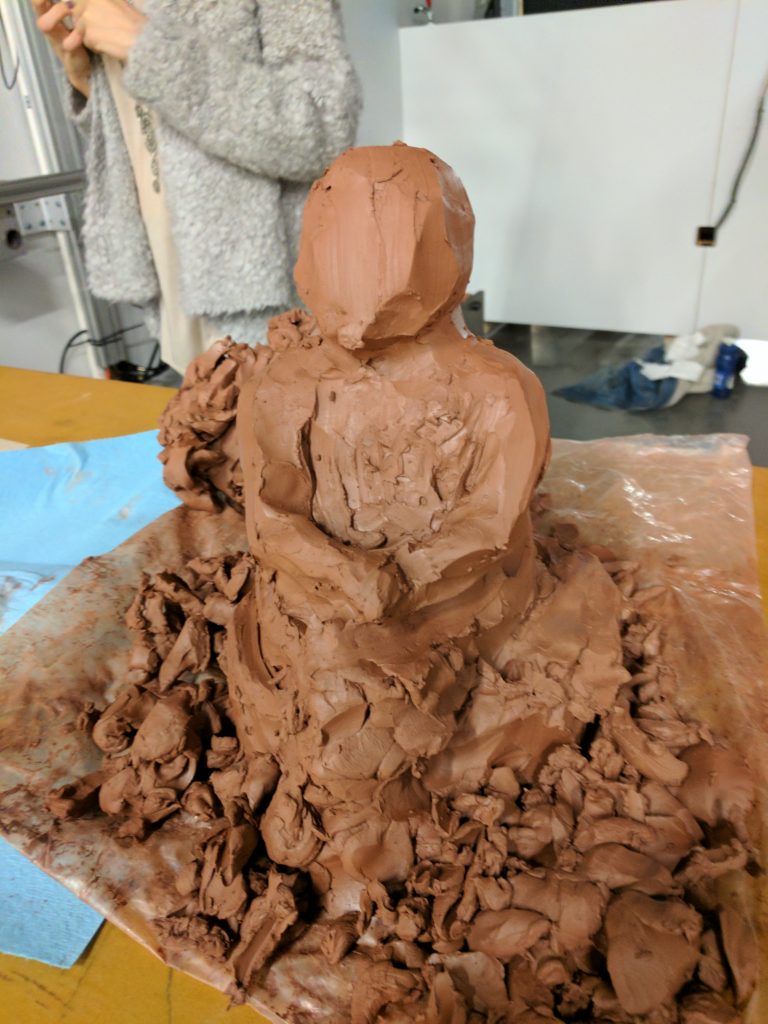
We then made a digital model of the sculpting motion.

SculptMotion is a project by Lissa Biltz, Cecilia Ferrando, Atefeh Mhd, and Dyani Robarge.
Special Thanks to Miranda Miller, ’20 for all of her help.